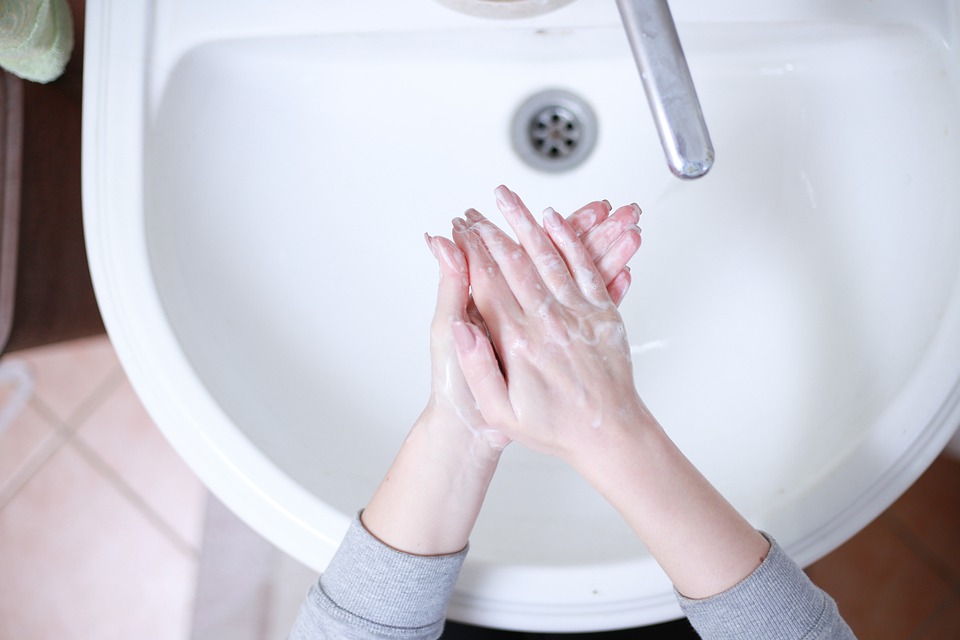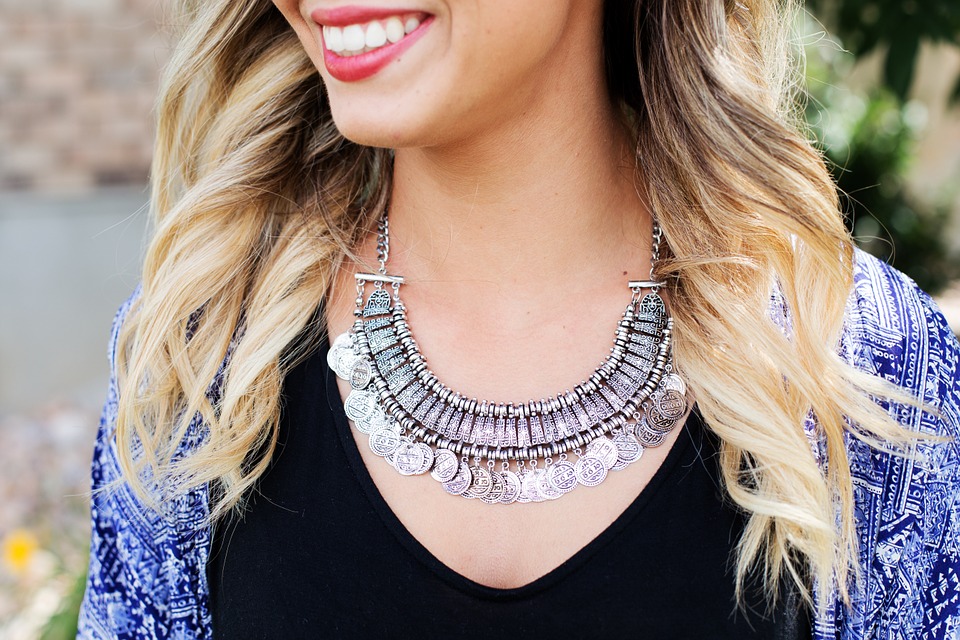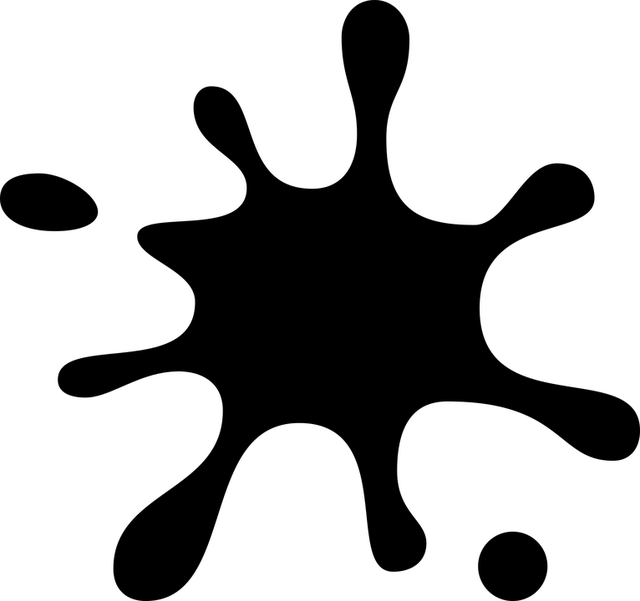When you turn on the faucet and fill a glass with water to drink, do you expect the water to be pure and good for you? And when food comes from the market, do you take it for granted that it is safe?
You would probably answer Yes to both questions (not me – I’m the skeptic type). But have you ever wondered why the water is pure and why the food is safe to eat? The reason lies in a branch of public health called sanitation.
Sanitation is concerned with keeping the environment (the place you live in and the neighborhood around you) healthful. Environment includes the water we drink, the food we eat, the air we breathe and even the surroundings we live in. The surroundings may be a small apartment in a crowded city – a big, roomy house in the country or perhaps even a hut in a primitive village.
Sanitation Starts At Home

Sanitation in the home is important. It is very difficult for health departments and sanitation experts to influence what happens in people’s homes. People can do a great deal about the conditions in which they live. Foods should be properly refrigerated when necessary and should not be left lying around to attract insects and rats. To avoid these pests, the proper care of garbage is also very important. Regular visits from an exterminator may be required to keep insects away. Careful housekeeping is extremely important to sanitation and good health. All parts of the house should be kept neat and clean. Bathrooms and kitchens should be scrubbed often and disinfectants used frequently.
Water Purification

Methods were discovered for keeping water pure and safe. Septic tanks, cesspools and other equipment for taking care of wastes are placed so they could not possibly drain into water supplies. But germs can still get into the water in other ways. This is why today water is being treated in various ways to kill any germs that might be in it. A chemical called chlorine is being used – in small amounts only (even if sometimes its odor can be detected when water is run from the faucet).
In some places where water is being treated and purified, typhoid fever and other diseases spread by water have almost disappeared. But, it’s a fact (a very dangerous one on top of that) that in some parts of the world the water is not purified and cannot be trusted.
Inspection Of Restaurants

One restaurant serving spoiled food can pass on a disease to a large number of people in a short time. So restaurants have to be inspected by experts from health departments. In some cities, the restaurants perform their own inspections under supervision from health authorities. Where there are good health departments, you can expect food in restaurants and markets to be safe. But it is only safe because a lot of people in the field of sanitation are constantly working to keep it that way. Foods are inspected not only in the markets and restaurants but also in the places where the foods are made such as meat-packing plants.
The fight against disease germs is not the only part of the sanitation official’s job. Modern scientific discoveries have brought new health problems. Some of these are the possible hazards of new drugs, the misuse of insect killers, harmful diet, air pollution, especially by smoke from industrial plants and exhaust from automobiles and pollution of rivers, streams and shore areas with sewage and chemical wastes.
Sanitary conditions protect people from germs but health problems not caused by germs are a growing challenge in the field of sanitation.
What do you think more can be done to boost sanitary conditions?





